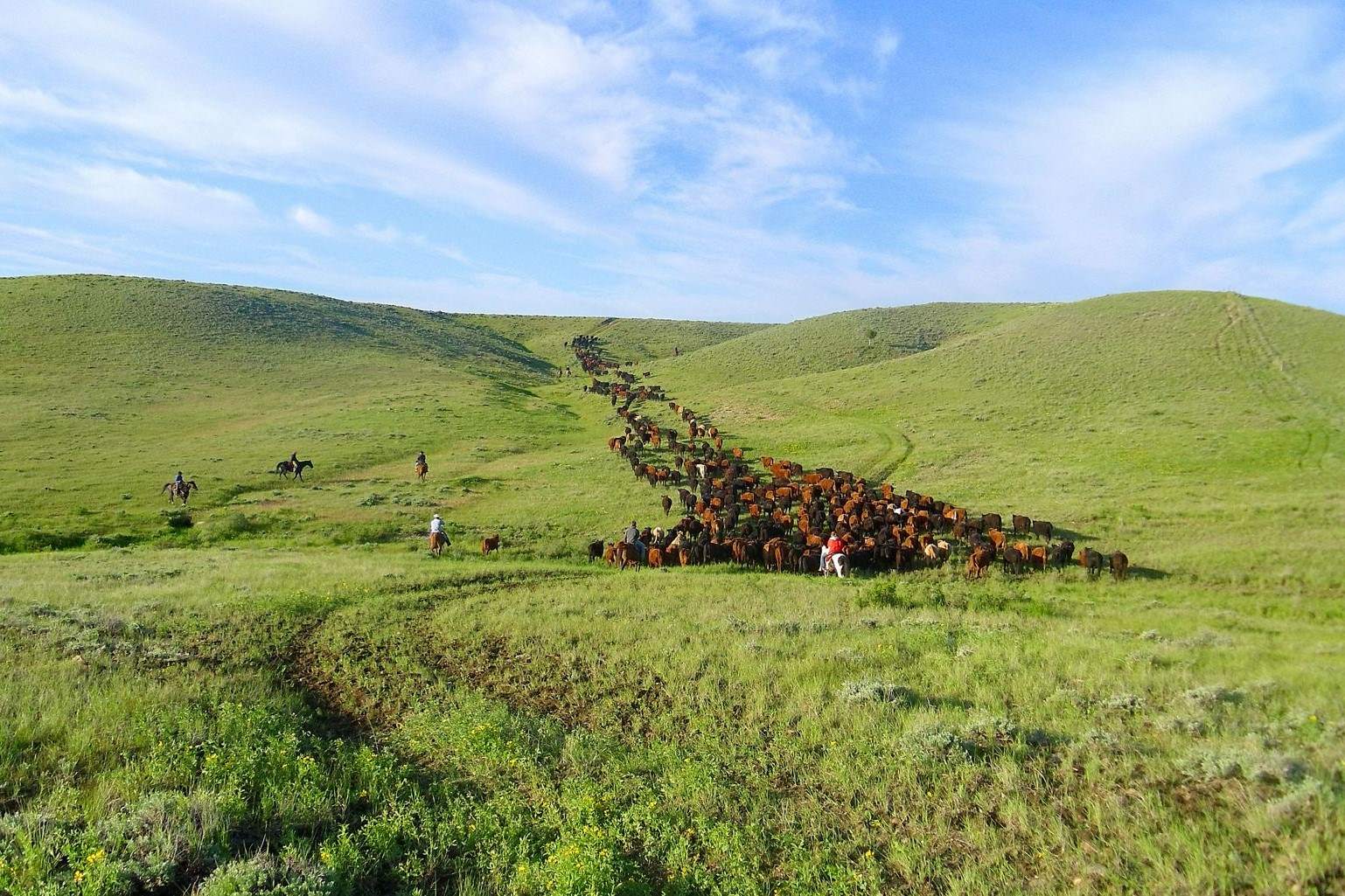Lost Trading Posts Of The Northern Plains

Imagine stepping back in time to the Northern Plains, where traders, trappers, and Native Americans gathered at bustling trading posts. These places were once the heart of commerce and culture, where goods like furs, tools, and textiles exchanged hands. Today, many of these historic sites have faded into obscurity, but their stories remain. Exploring these lost trading posts offers a glimpse into the past, revealing how they shaped the region's history and development. From the vibrant interactions between different cultures to the rugged landscapes that surrounded them, these trading posts hold secrets waiting to be uncovered. Whether you're a history buff or just curious about the past, learning about these forgotten places can be a fascinating journey through time. Let's take a closer look at the lost trading posts of the Northern Plains and discover their hidden tales.
Forgotten Trading Posts: A Glimpse into the Past
The Northern Plains once buzzed with the activity of trading posts. These places were vital hubs for commerce and culture, connecting different communities. Today, many of these trading posts have faded into obscurity, leaving behind stories and remnants of a bygone era. Let's journey through some of these forgotten sites.
1. Fort Union Trading Post
Fort Union, located on the border of North Dakota and Montana, was a bustling center for trade in the 19th century. It served as a meeting point for Native American tribes and European traders. The fort was known for its vibrant trade in furs, especially beaver pelts, which were highly sought after in Europe.
2. Fort Pierre Chouteau
In South Dakota, Fort Pierre Chouteau was a significant trading post along the Missouri River. Established in the early 1800s, it became a key location for the American Fur Company. The fort played a crucial role in the fur trade, facilitating exchanges between trappers and Native American tribes.
3. Fort Laramie
Fort Laramie, situated in Wyoming, was more than just a trading post; it was a vital stop on the Oregon Trail. This post provided supplies and rest for weary travelers heading west. It also served as a military outpost, offering protection and negotiation grounds between settlers and Native Americans.
4. Fort Benton
Montana's Fort Benton was known as the "Birthplace of Montana." This trading post was a major hub for steamboat traffic on the Missouri River. It connected the Northern Plains to the rest of the country, facilitating trade and communication. Fort Benton played a pivotal role in the region's development.
5. Fort Atkinson
Located in Nebraska, Fort Atkinson was the first U.S. Army post west of the Missouri River. It was established to protect the fur trade and maintain peace with Native American tribes. The fort became a center for trade, diplomacy, and military operations in the early 19th century.
6. Fort Snelling
Minnesota's Fort Snelling stood at the confluence of the Mississippi and Minnesota Rivers. It was a strategic location for trade and military operations. The fort played a significant role in the fur trade, serving as a gateway to the northern territories and fostering relationships with Native American tribes.
7. Fort Clark
Fort Clark, located in North Dakota, was a vital trading post along the Missouri River. It was established by the American Fur Company and became a key site for trade with the Mandan and Hidatsa tribes. The fort was known for its bustling trade in buffalo robes and other goods.
8. Fort Mandan
Fort Mandan, also in North Dakota, is famous for being the winter quarters of the Lewis and Clark Expedition. While primarily a military post, it also served as a trading hub. The fort facilitated exchanges with local tribes, providing supplies and information crucial for the expedition's success.
9. Fort Ransom
Nestled in the Sheyenne River Valley of North Dakota, Fort Ransom was a small but significant trading post. It was established to protect settlers and traders from potential conflicts. The fort became a center for trade and communication, connecting the Northern Plains to the rest of the country.
10. Fort Berthold
Fort Berthold, also in North Dakota, was a key trading post for the American Fur Company. It was strategically located near the confluence of the Missouri and Knife Rivers. The fort facilitated trade with the Arikara, Hidatsa, and Mandan tribes, playing a crucial role in the region's economy.
Discovering Hidden History
Exploring the lost trading posts of the Northern Plains reveals a fascinating chapter of history. These posts were once bustling hubs where traders, Native Americans, and settlers exchanged goods, stories, and cultures. Each site tells a unique story, offering insights into the past and the people who lived there. Visiting these locations provides a tangible connection to history, allowing us to walk in the footsteps of those who shaped the region.
While many of these posts have faded into obscurity, their legacy endures in the landscapes and artifacts left behind. They remind us of the complex interactions and relationships that defined the era. For history enthusiasts and curious travelers alike, these sites offer a chance to uncover the rich tapestry of the Northern Plains. Embracing this hidden history enriches our understanding of the past and its impact on the present.

